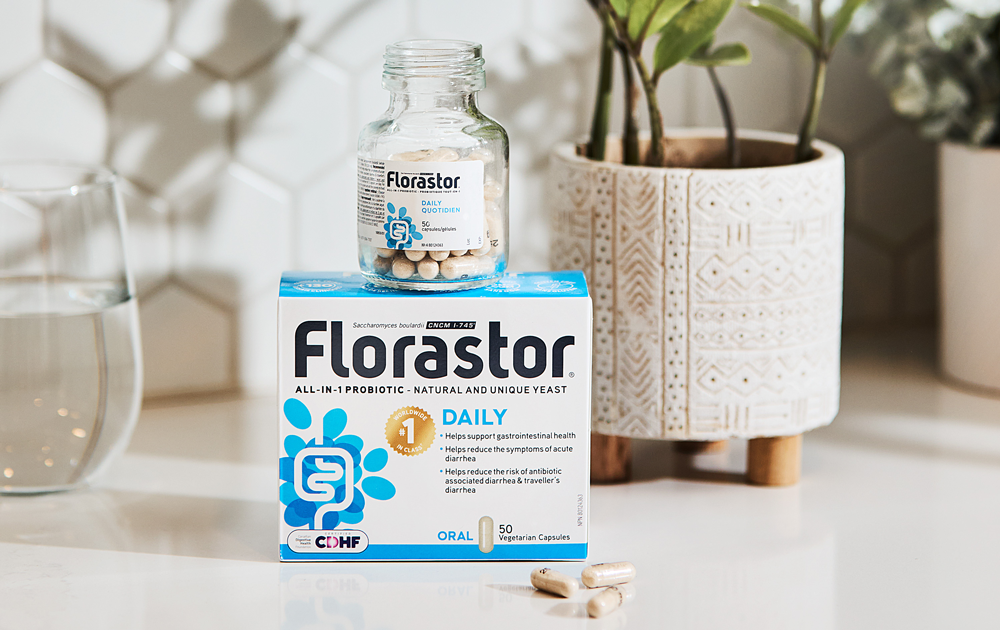You are on vacation at an all-inclusive Caribbean resort with your friends and you are
having an amazing time. The sun is beaming down, the water is crystal clear, and you are enjoying the amazing food from multiple restaurants the resort has to offer and drinking wonderful drinks from the different bars around. You are so happy to be away, especially during the brisk cold months that we get in Canada. Unfortunately, you did not come prepared. Two days into your vacation, you start to feel unwell. You experience severe abdominal cramps and nausea and you have to rush to the washroom. You are also perspiring and it is not because of the heat. You spend the next few hours back and forth going to the washroom and as a result you have to stay in your room. You feel like your vacation has been ruined. This is the beginning of traveler’s diarrhea. As a clinical and community pharmacist, I will discuss traveler’s diarrhea and how you can reduce the risk of infection so you can enjoy your destination vacations.
Traveler’s diarrhea is a digestive tract disorder that commonly causes loose watery stools and abdominal cramps mainly acquired by eating food and beverages contaminated with infectious agents such as bacteria, viruses or parasites while travelling. It usually occurs within 10 days of travel and when you travel to low and middle income countries where there is a higher risk of encountering suboptimal sanitation and hygiene conditions. The signs and symptoms can range from mild to severe but the most common ones are a quick onset of 3 or more loose watery stools in a day, an urgent need to go to the bathroom, abdominal cramps, nausea, vomiting and fever. If left untreated it can lead to severe dehydration. You should seek medical attention if your symptoms are more severe such that you experience dehydration, persistent vomiting, a high fever, bloody stools or severe pain in the abdomen or Rectum.
Although, traveler’s diarrhea is usually a mild and self-limiting disease, up to half of travelers with it will experience some limitation of activities during their trip while up to 10% will experience persistent diarrhea or other complications. In addition, it’s been shown that between 12% to 50% of travelers were incapacitated for part of the trip due to traveler’s diarrhea.¹-²
As a pharmacist, I always advise my patients to travel prepared with an essential traveler’s diarrhea toolkit. I recommend that the toolkit consists of Gastrolyte (for adults) and Pedialyte (for children), which are used for re-hydration and maintenance of electrolyte balance and to prevent dehydration. Immodium (Loperamide) is effective in reducing fecal production and frequency, improving stool consistency and relieving abdominal cramps. Florastor Forte, a probiotic, which not only helps strengthen your immune system by supporting your gut health but also reduces the risk of traveler’s diarrhea. I recommend starting taking Florastor Forte two days before leaving and while on vacation. They come in a pack of 14 individual tutti-fruiti flavoured powder sachets to be taken once a day. They are super easy and convenient to carry and travel with and they don’t require refrigeration. Furthermore, of the various probiotic species studies, Florastor (Saccharomyces boulardii) and Lactobacillus rhamnosus GG appeared to be the most promising for the prevention of traveler’s diarrhea with no significant side effects.³-⁴
I also recommend my patients follow some of these super helpful tips to best avoid traveller’s diarrhea. Watch what you eat. A good rule of thumb to follow is: Boil it, cook it, peel it or forget it. Only drink bottled, boiled or carbonated beverages, stay away from tap water and use bottled water to brush your teeth! Always wash your hands before eating and start taking Florastor Forte because it has been shown to reduce the risk of traveler’s diarrhea.³-⁴
So, next time you are planning to travel, make sure you are prepared and don’t forget to pack your traveler’s diarrhea toolkit!
Wishing you health and happiness,
Jenny Stepanian BSc.Phm
Nutrition and Metabolic Syndrome: Lifestyle Medicine certificate, Harvard Medical
School
Pharmacist, University of Toronto
IG: @wellthypharmacist
Email: wellthypharmacist@gmail.com
- Steffen R, Collard F, Tornieporth N, Campbell-Forrester S, Ashley D, Thompson S, et al.
- Epidemiology, etiology, and impact of traveler’s diarrhea in jamaica. JAMA. 1999;281(9):811-7.
- Steffen R, Tornieporth N, Clemens SA, Chatterjee S, Cavalcanti AM, Collard F, et al.
- Epidemiology of travelers’ diarrhea: Details of a global survey. J Travel Med. 2004 JulAug;11(4):231-7.
- Kollaritsch HH, Kremsner P, Wiedermann G, Scheiner O. Prevention of traveller’s diarrhoea:
- Comparison of different non-antibiotic preparations. Travel Medicine International. 1989:9.
- Kollaritsch H, Holst H, Grobara P, Wiedermann G. Prevention of traveler’s diarrhea with saccharomyces boulardii. results of a placebo controlled double-blind study. Fortschr Med. 1993
- Mar 30;111(9):152-6.
- https://www.mayoclinic.org/diseases-conditions/travelers-diarrhea/symptomscauses/syc-20352182

.jpeg?sw=375&sfrm=png&q=90)


